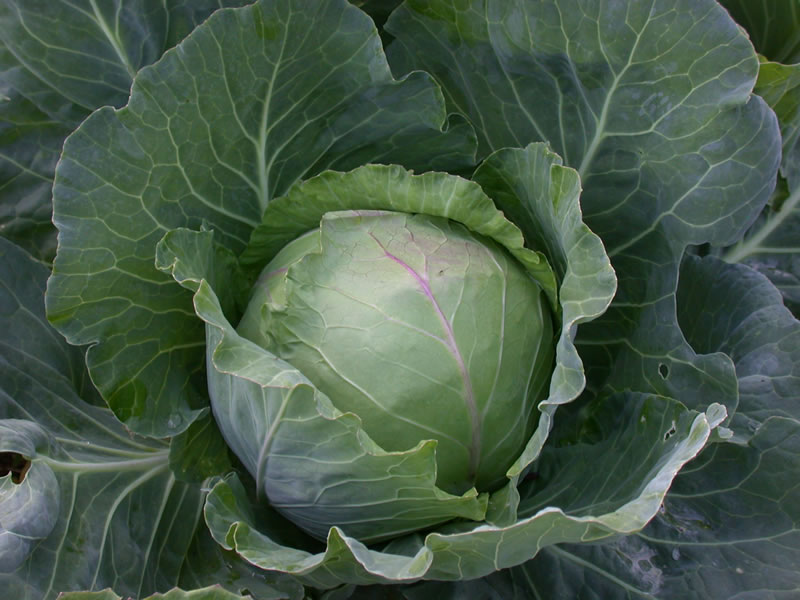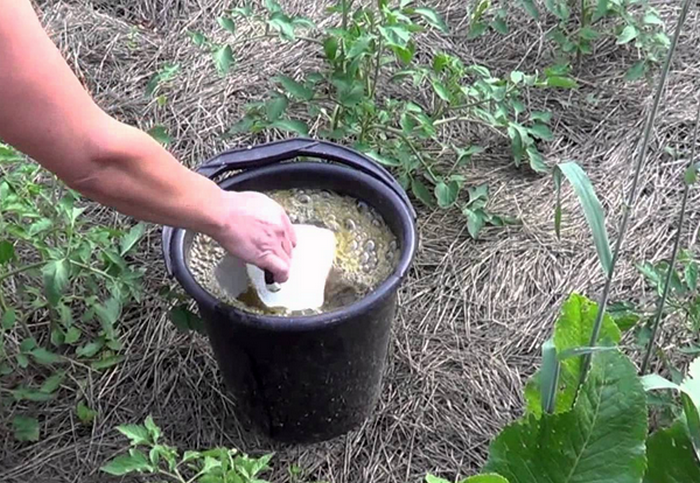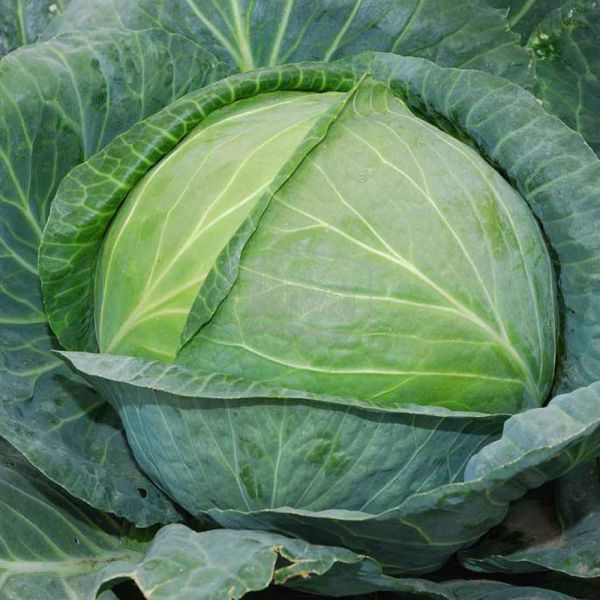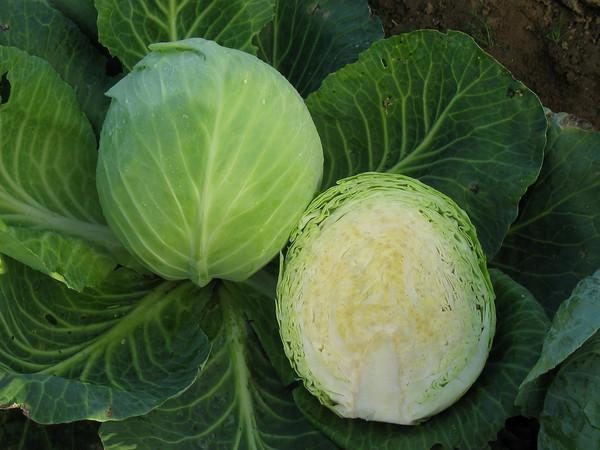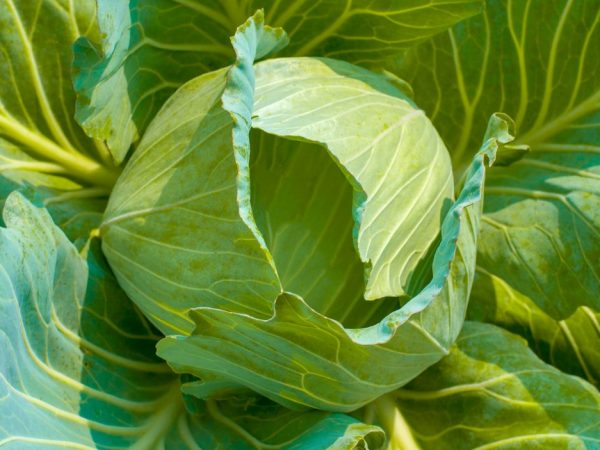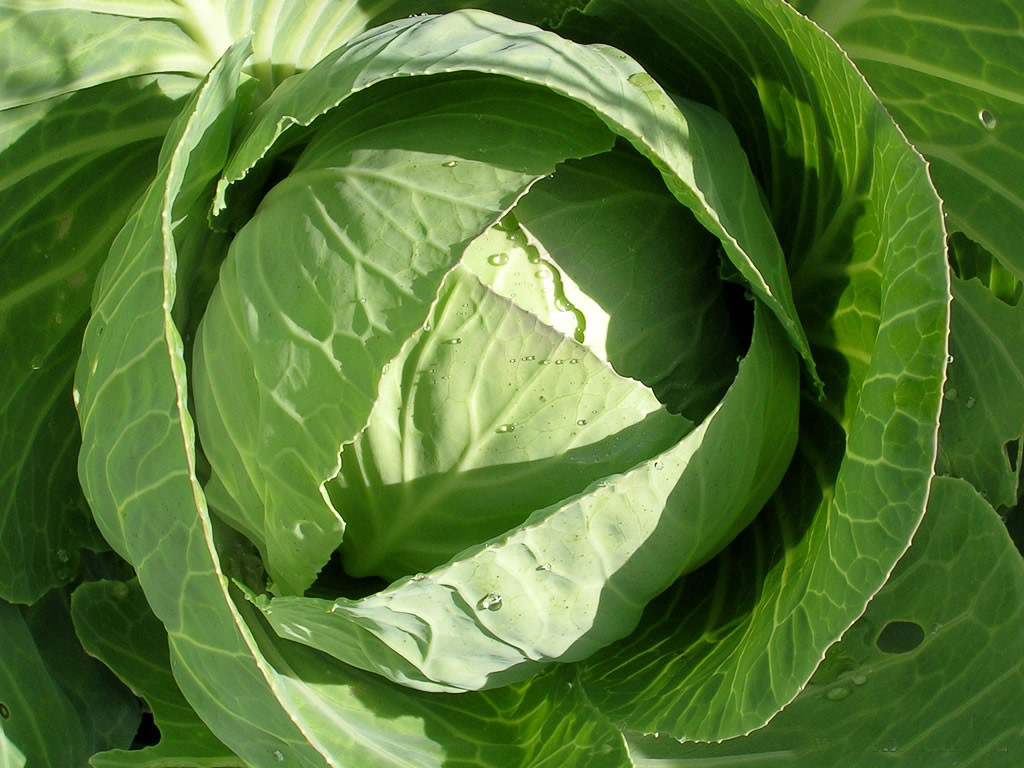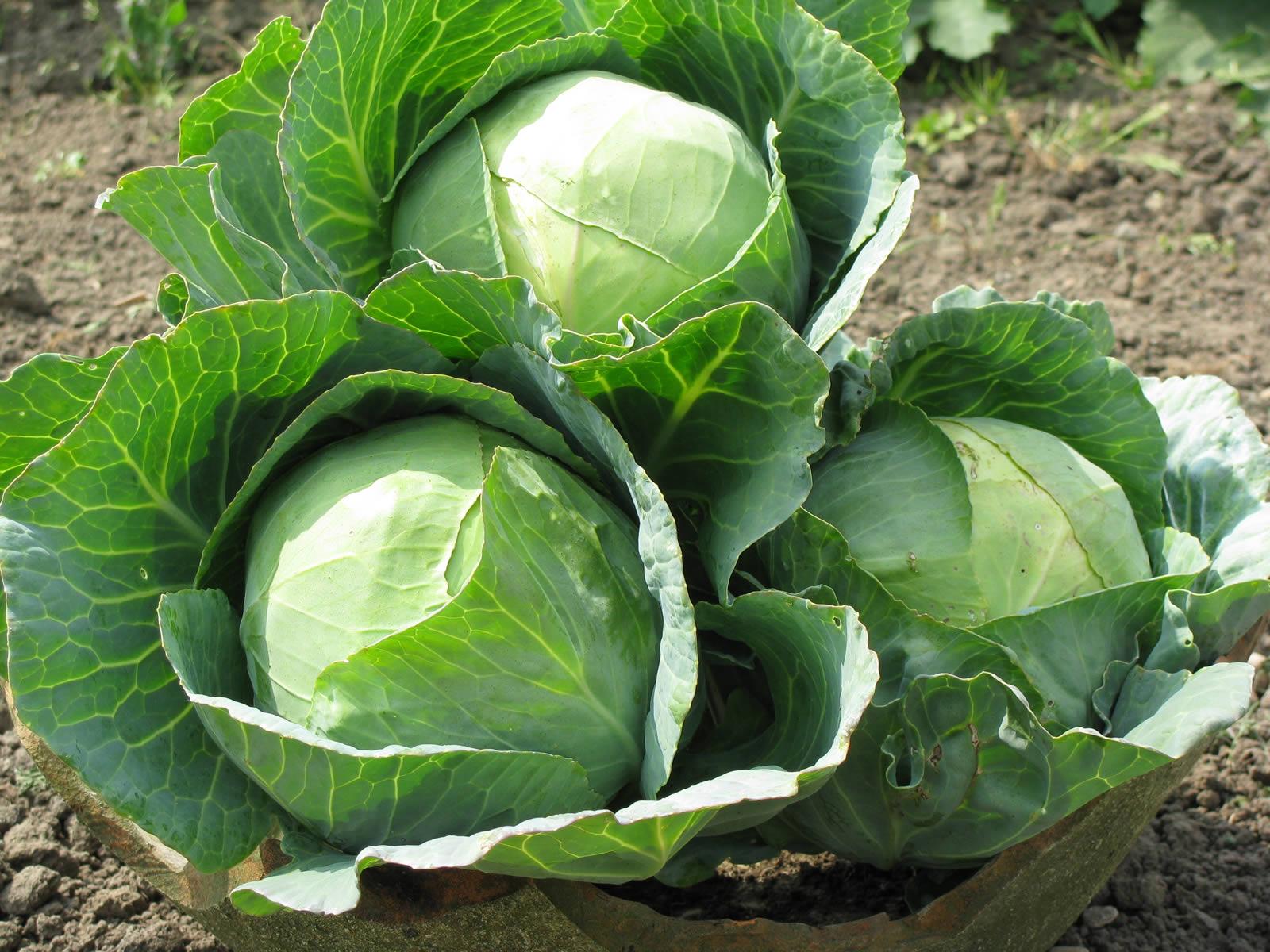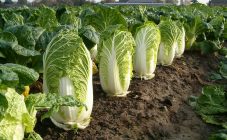Content:
The ancient Egyptians prepared delicious dishes from white cabbage and served them for dessert. The Egyptians believed that this plant has a powerful healing power that can cure various diseases. Today, humanity relies more on modern medicines, but the benefits of cabbage are still not in doubt. Russia has its own favorite, time-tested vegetable varieties. This list can safely include cabbage Number one mushroom 147 or simply Gribovskaya, as it is most often called.
Brief characteristics of the culture, history of the variety
White cabbage is the most common and popular member of the cabbage family. This cross-pollinated biennial plant is a cold-resistant crop. + 5 ° C is enough for seed germination, and the seedlings planted in the garden can easily withstand frosts up to 3-4 ° C. In the process of growth, a temperature of 14-16 ° C is enough for it, for an adult plant an indicator of 18-20 ° C will be optimal.
The culture grows successfully on any soil except sandy. The soil for her needs moisture-consuming and fertile. The roots of this vegetable are weak and rather shallow. Most varieties have a noticeable waxy coating on the leaves. According to the ripening period, the vegetable is divided into early and late varieties.
Cabbage variety Gribovsky was added to the State Register back in 1940 and has been loved by summer residents for many decades. We worked on its creation at the Research Institute of Selection and Seed Production of Vegetable Crops. A hybrid of German production was taken as a basis. According to the description, the variety is suitable for growing in all regions of Russia.
Description of Gribovskaya cabbage
Gribovskaya is considered one of the best varietal varieties of early cabbage. The growing season lasts 60 days from the moment the seedlings are planted in open ground. Cabbage has the following characteristics:
- leaves are light green in color with a waxy coating, medium-sized;
- forms a white head of cabbage of a round shape and average density weighing 1-2 kg;
- half-raised leaf rosette, 60 cm in diameter;
- sugar content - 5%;
- yield indicator - 7 kg per 1 sq. m.
- prone to keel disease and vascular bacteriosis.
The variety is not subject to long-term fresh storage; it is recommended to eat cabbage quickly. The Gribovsky variety is characterized by an increased content of vitamin C, its mass fraction can be up to 41 mg per 100 g of cabbage. The vegetable is suitable for pickling, it is used for preparing salads, first and second courses.
Growing seedlings
This varietal variety is recommended to be grown only in seedlings. Sowing seeds is done in early March. The seed does not require any preliminary preparation.
The seeds are planted in the planting container at a distance of 5 cm from each other. After that, the container with seedlings is kept at a temperature of 20-24 ° C until the emergence of shoots.
When sprouts appear, it is recommended to lower the room temperature to 17 ° C during the day and 10 ° C at night.
At home, seedlings should be 1 month. After the appearance of 4 true leaves, the seedlings can be transplanted into open ground.This moment comes in late April or early May. The soil in the garden should be loose and fertile, with a slightly acidic reaction. In the row between the plants, 60 cm should be left, the spaces between the rows should be 70 cm wide.
Outdoor care
Caring for cabbage variety Gribovsky consists of watering, weeding, loosening and fertilizing. Water the plants in the morning with warm water, spending up to 3 liters of water for each bush. Watering schedule depends on weather conditions. On average, a cabbage patch is moistened once every 4-6 days.
While the ground is still wet, weeds are removed from it. Loosening is carried out at the same time. If this is not done, the tough crust will prevent oxygen from reaching the roots.
For the entire growing period, cabbage is fed twice. The first time the plants are fertilized 25 days after planting in open ground. As a top dressing, an infusion of humus is used (2 kg per 10 l of water). 2 liters of this fertilizer should be poured under each bush. The second feeding should coincide with the beginning of flowering. This time it is better to apply a complex mineral fertilizer or a solution of superphosphate and potassium nitrate according to the instructions. Each plant consumes 3 liters of the composition.
Disease and pest control
At the first signs of the appearance of a planting keel, it should be treated with a solution of Bordeaux liquid. Before use, 2 mg of the product is diluted in 10 liters of water and immediately sprayed with cabbage. Disease of vascular bacteriosis is treated with Tabu or Regent chemicals. The solution is prepared according to the instructions and used for spraying. Treatments are carried out at intervals of 10 days.
Of the pests, cabbage is most often annoyed by flea and aphids. They get rid of flea beetles by spraying with a solution of colloidal sulfur (10 mg of the drug per 10 liters of water), to prevent these pests, immediately after planting the seedlings, the garden bed is powdered with wood ash. Treatment with Oxyhom is effective against aphids. The working solution is prepared from 2 tbsp. l. funds and 10 liters of water. From folk remedies for aphids, a soap solution helps well, which forms a film on the leaves. This method of processing also scares off the caterpillars.
Advantages and disadvantages of the variety
Gribovskaya early cabbage is one of the ten best early maturing varieties. Its popularity is due to a number of advantages over other varieties:
- the ripening of the crop occurs gradually, so there is no need to cut off a large number of heads at once;
- cabbage tolerates heat treatment well - does not sour, retains its taste;
- breeders have given this variety resistance to low temperatures and drought.
Of the disadvantages of cabbage, Gribovskaya summer residents note the tendency of heads of cabbage to cracking and disease with keel and bacteriosis. But it is obvious that the variety has more advantages, which means that it deserves attention.
